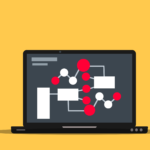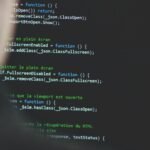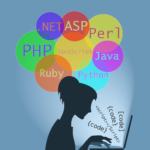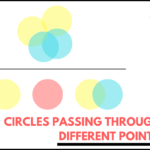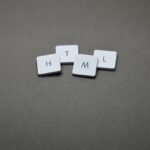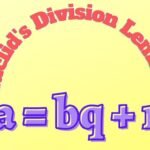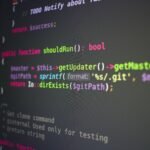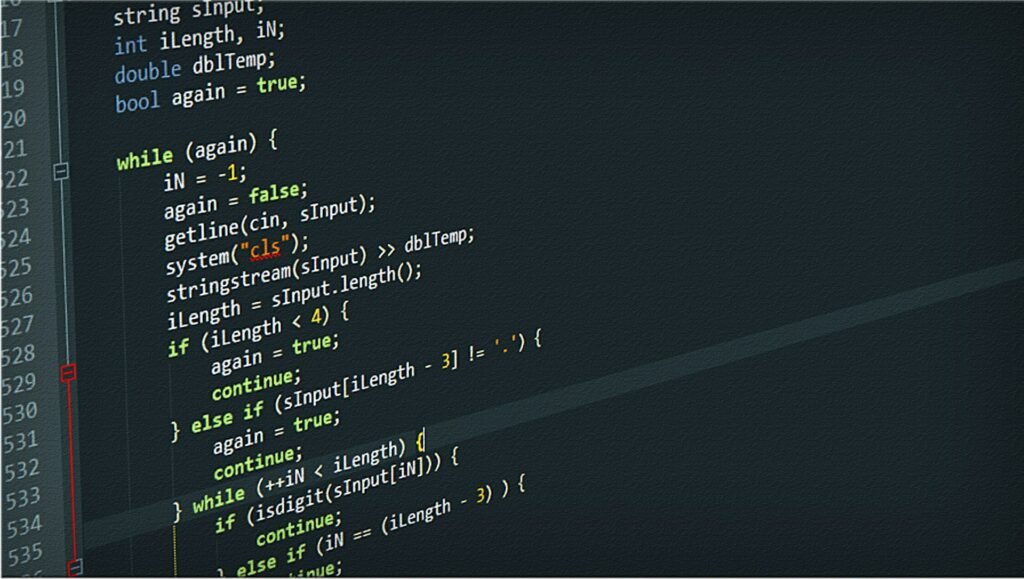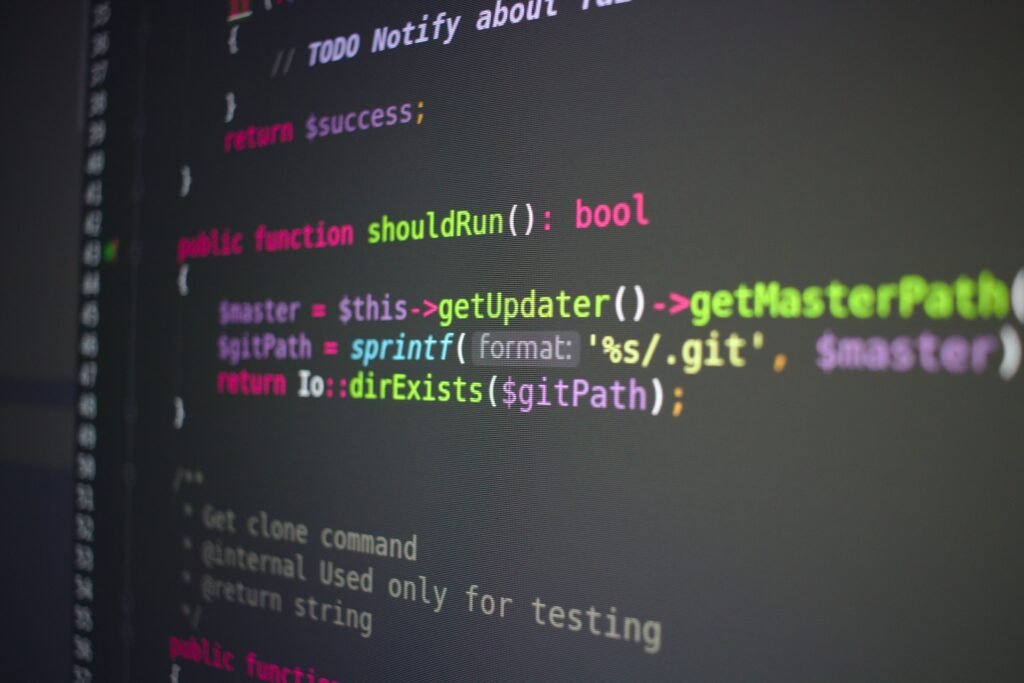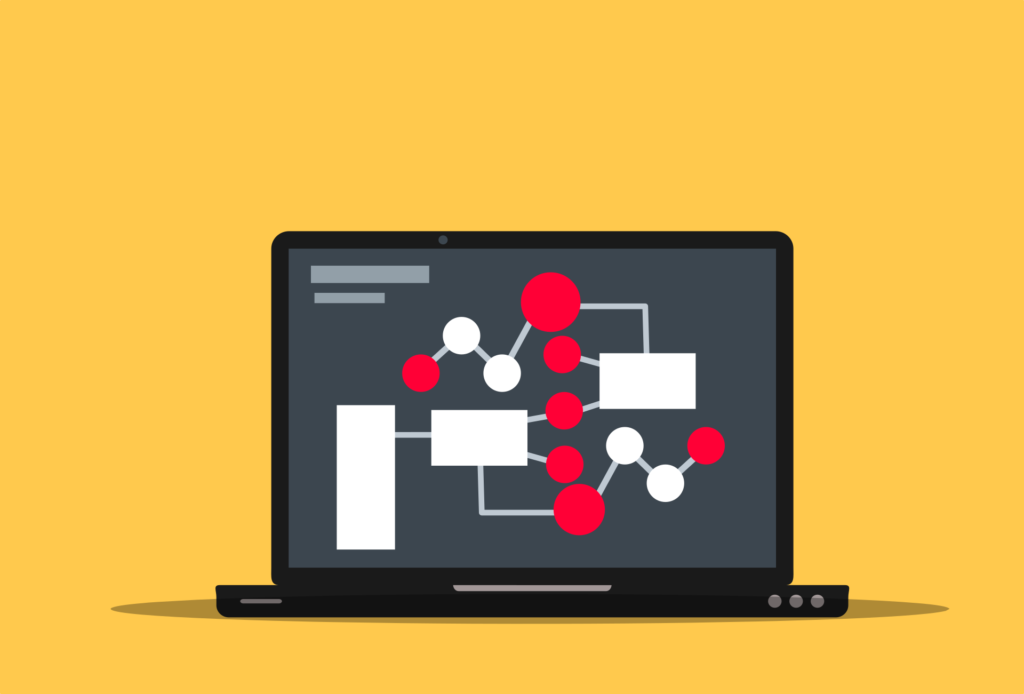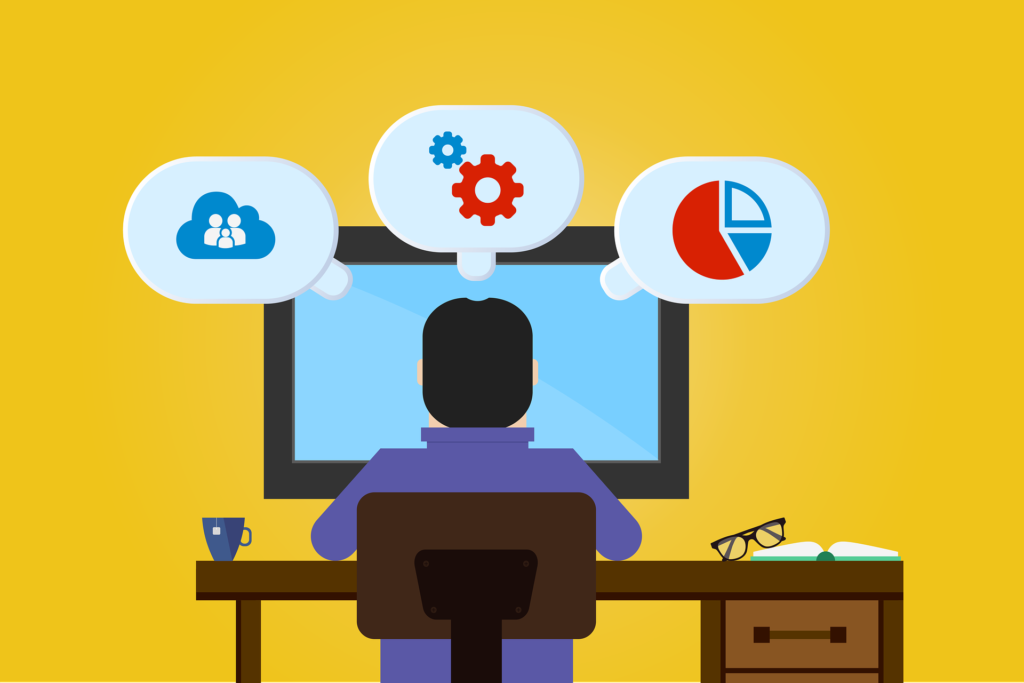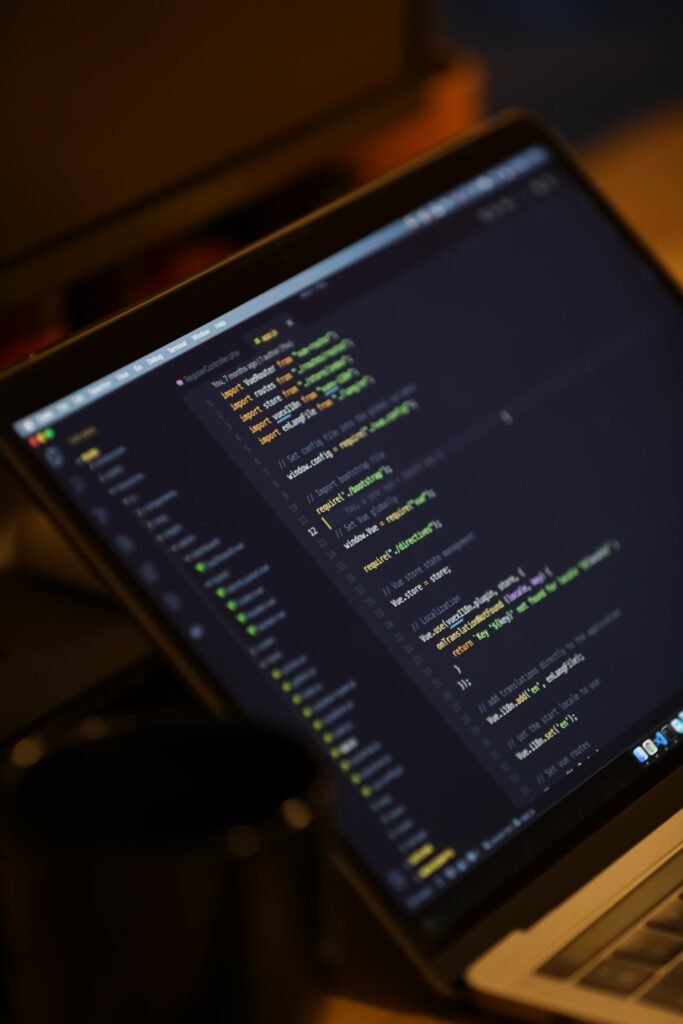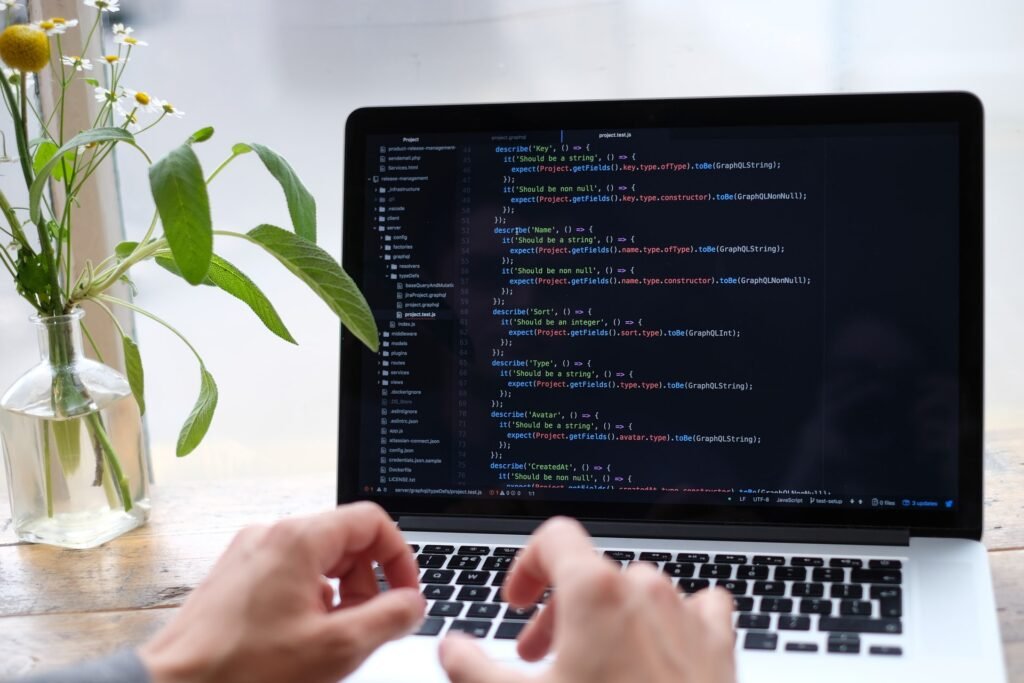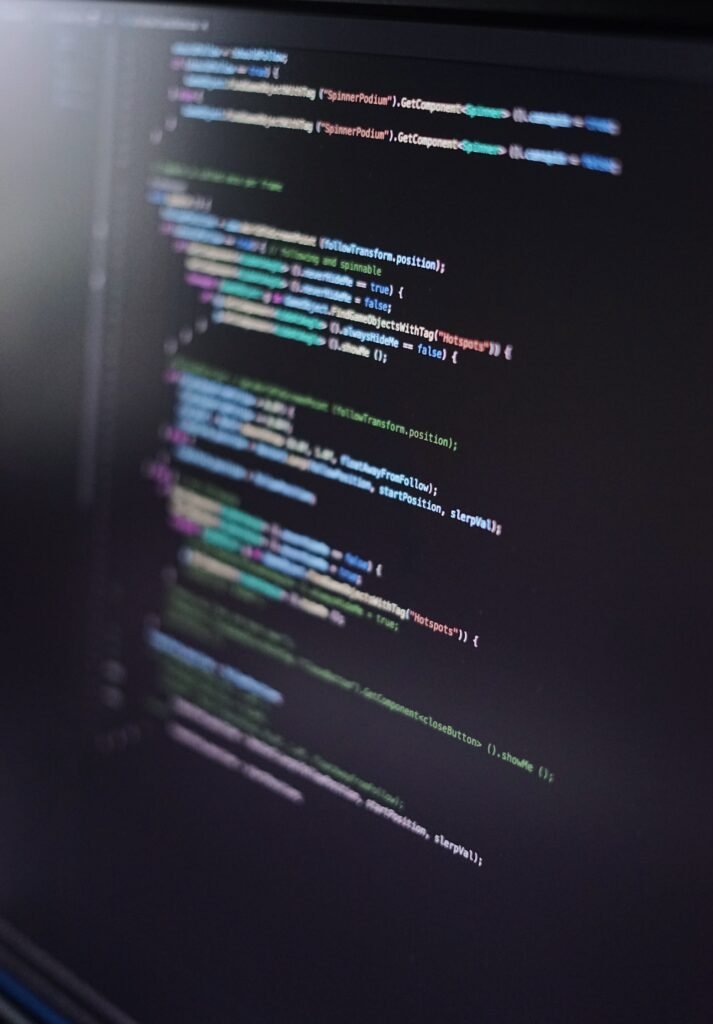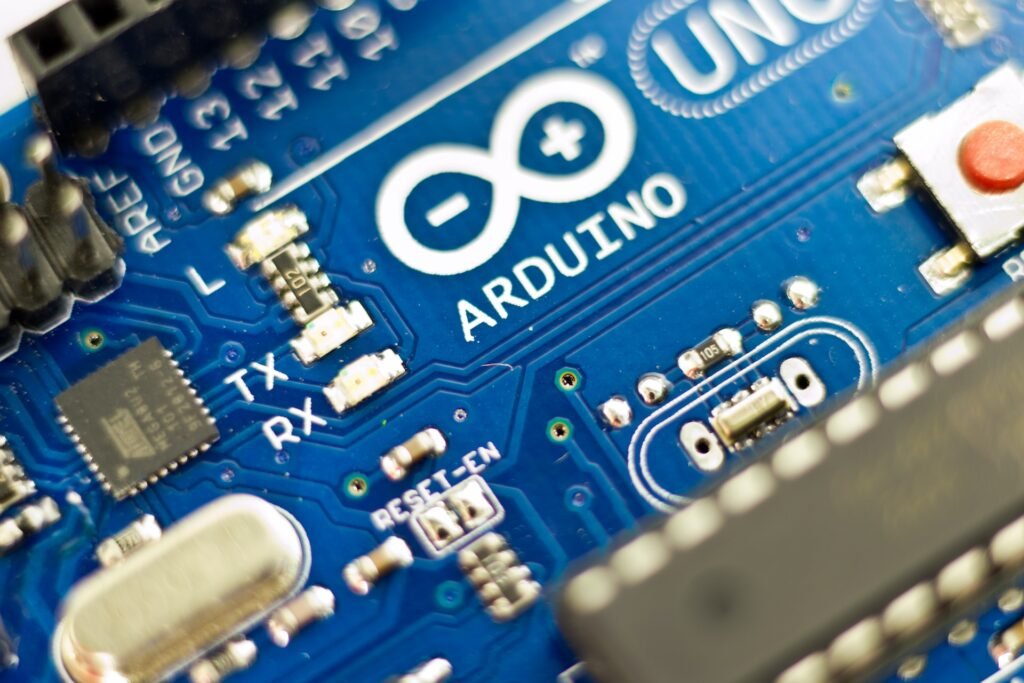C language algorithms,flowchart, and terms.
Commercial use of c programming.
- C was developed to make unix, a unix-like operating system. where unix is the world’s first operating system. Which was completely built or coded with c programming.
- Windows linux unix bootloader programs were developed in c language. And many source codes are still created.
- With the c language code editor window, codebase source programming design and creation can be done easily.
- Windows bootloader, linux kernel, etc., coded in c programming, are created.
- With c programming you can develop commercial, industrial, non-commercial, software, games, kernel coding, and other types of programs.
Amazing benefits of c language.
- C programming is easy to understand, in which any programming logic can be implemented correctly.
- C language is a language like english. You can write the program in the form of the alphabet in its easy format.
- Most of the developers and designers choose c programming for complex software program development. Because c programming is the mother of many other programs currently available.
- C programming provides you with an abstract model of software development.
- With modular programming in c programming, one can easily solve complex problems.
- Programming loop, program statement, and logic condition in c programming is the best way to implement any condition.
- C programming developer programmer after learning c programming, you can easily deal with c++, java, c#, vcc++, or other languages.
- C will provide you with many options for creating conditionals, arrays, functions, pointers, file handling, linked lists, and data types for programming construction.
Some disadvantages of c language.
- C language has low memory capacity handling capability.
- C language provides less graphical programming capability.
- You don’t get any multimedia supports programming in the c language.
- Most of the text base cui programming support in c language.
- Developing a large project in c language requires you to have high skills with complex structure.
Algorithms – algorithms are a superset of text, numerical text, logic, and program code condition-based logic steps. where algorithms are also known as step-by-step programming logic problem process solving methods. The flowchart itself is a logical step-by-step guide. Each flowchart graphical dialog step from top to bottom describes the algorithmic problem-solving. Algorithms are for automating any programming, numerical calculation, process logic, and dbms data processing method in programming. A novice programmer can easily understand program behavior better with algorithms. Generality algorithms are step-by-step solutions to programming logic written in the english alphabet. Which is the detailed writing of any large or complex program.
Some example of algorithms.
Flow chart – a programming flow chart is a set of specific graphical dialog boxes. Each box in the flow chart dialog has a specific meaning or input or process. The flow chart shows the graphical diagram instructions of the algorithm steps in detail. Flow chart showing the programming value of an algorithm from top to bottom order. Analysts can easily understand how program flow works from start to finish with the help of flow charts. Flow chart boxes represent algorithmic text values. A flow chart is used in programming process solutions and program documentation to visualize what is being processed. By the way, the flow chart itself is just some fixed graphical box or shape. On seeing which you will generally find these some common drawings shapes. They have special importance in the world of programming. With these flow charts, you can know any complex structure of the program.
Symbols of flow chart.







Linking process – the linking process involves the process of linking multiple program segment codes into a single individual file. A single program uses multiple function module code segments in it. At the time of calling the program source, the linker makes manual calls to each of the different modules to be called. Which is called the linking process in programming. Linking an executable file into multiple object files is a major function of moving separately compiled code segments.
There are two type of linking.
Static linking – is the basic or simple form of linking known as static linking. Here the static linking function merges several static modules into a single module.
Dynamic linking – the dynamic linking process includes the combined process known as dynamic linking. All static modules are linked together in the process when they are go to link, which is called the dynamic linking method.
Loading – a loader is a system utility program. Which loads the program code into the computer memory. The loading code file generates an executable file. The built executable (runnable code) is the loading process of the program.
Testing and debugging.
Testing – testing is a process of uncovering process errors finding errors or correcting tested program source code errors. In program source testing, designers, developers, and analysts, and all these test programs are involved in the process of checking the software source code. Test programs detect source code defects and source code failures before the software is distributed to any client. Customer feedback is essential to delivering test software critical to good program life or improved responsiveness. Here is two popular testing approaches the popular black-box testing, and another one is white box testing method.
Advantages of program testing.
- Provide error bug-free product of any program.
- Easily solve all programming logic issues related to the product.
- Better understand the structure of the developed application product.
- Get better feedback from your client-side.
Documentation – documentation the source of any problem that escalates is the basic guideline full step method solution. Where as any project device machine is developed. The developer designer analyst writes the entire phase of problem-solving. which is called documentation. We even say that. The documentation describes anyhow, how the current system works, and how its inner workings work. and how the user integrates with the machine. Computer programming software world documentation helps to a great extent in understanding the working of the program rigorously.
Assembler – the assembler is a translator in the assembly language. Which translates the assembly language code mnemonic into opcodes. Assembly language is used for program manipulation with programming symbols like add, move, reg, etc. In 1950’s assembly language was used for assembler program translation, even as we know, assembler is a system utility program. Which converts assembly language code into machine language equivalent. Here assembler was used for assembler pass code on a single pass or two pass mechanism.
Assembler type
- Cross assembler.
- One pass assembler.
- Two/multi pass assembler.
Cross assembler – cross assembler is an assembler. Which produces machine code, and cross-assembler produces machine code for multiple platform microprocessors. This means, in the 1950’s many computers used different cpu technology and concept. Where cross-assembler was used as a translation of assembly language mnemonic code into equivalent machine code.
One pass assembler – one pass assembler passes all assembly language programs at a time. If a program error persists in one pass. Which is clarified or removed in two/multi-pass assembler scanning.
Two pass assembler – two or multi-pass assembler will pass assembly language mnemonic code two or more times, error clear or convert assembly full source equivalent higher language code.
Compiler – compiler is also a system utility program. Which translates c programming code into a language in higher language code. The compiler reads all the program sources at once. And translates the equivalent source code into object code, and the program generates all errors below the application exception error window. Here you remove all program errors, or manually remove program errors one after the other and make the program complete error-free. A simple compiler translates the source language code into target language code.
Interpter – the interpreter is also a translator-interpreter who translates source programming language. Which reads the interpreter’s one-line statement in the target programming language, one by one. And converts it to the equal target language, this process is repeated until all number of program code lines from top to bottom are interrupted. The interpreter plays the role of a mediator between two different languages.
Syntax errors – a syntax error occurs. When programmers avoid following the program’s basic syntax. The c program compiler reads or detects these errors during program compilation. And syntax error indicates line statement. Where you have corrected the syntax error and the program is compiled again from the compiler for error-free compilation.
Logical errors – logical errors arise in any programming. When ambiguous arguments are set in any program. It means that your argument condition is not satisfied properly by the compiler during compilation. And your current program does not produce the desired results.






